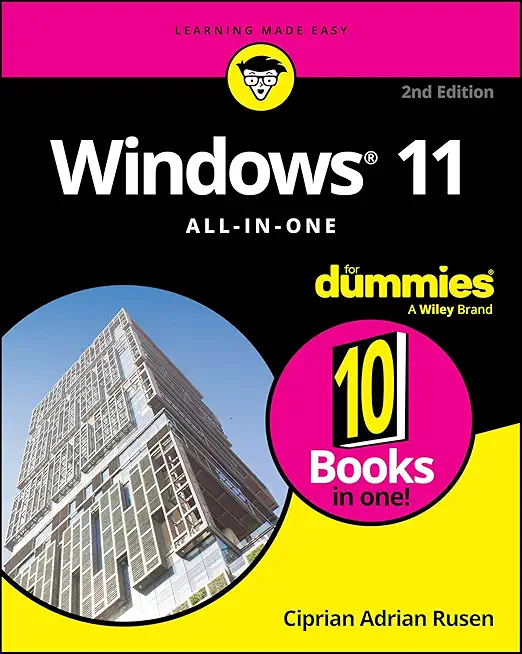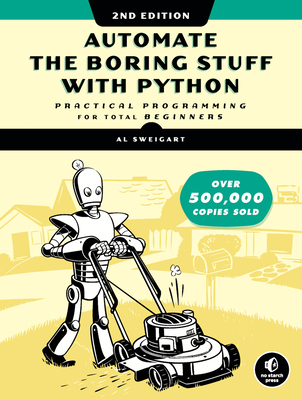.NET Framework Using C++/CLI Training
|
We offer private customized training for groups of 3 or more attendees.
|
||
Course Description |
||
| This three-day course is designed to provide a sound introduction to the .NET Framework for programmers who already know the C++/CLI language and the fundamentals of Windows Forms. It is current to .NET 2.0 and Visual Studio 2005. The course focuses on core portions of the .NET Framework that are common across many application areas. The course is practical, with many examples. The goal is to equip you to begin building significant applications using the .NET Framework.
Course Length: 3 Days
Course Tuition: $1190 (US) |
||
Prerequisites |
|
| The student should be an experienced application developer or architect with a working knowledge of C++/CLI, including building simple GUIs with Windows Forms. | |
Course Outline |
|
.NET Fundamentals
Class Libraries
Assemblies and Deployment
Metadata and Reflection
I/O and Serialization
.NET Programming Model
Interoperating with COM and Win32
Database Programming Using ADO.NET |
Course Directory [training on all levels]
- .NET Classes
- Agile/Scrum Classes
- AI Classes
- Ajax Classes
- Android and iPhone Programming Classes
- Azure Classes
- Blaze Advisor Classes
- C Programming Classes
- C# Programming Classes
- C++ Programming Classes
- Cisco Classes
- Cloud Classes
- CompTIA Classes
- Crystal Reports Classes
- Data Classes
- Design Patterns Classes
- DevOps Classes
- Foundations of Web Design & Web Authoring Classes
- Git, Jira, Wicket, Gradle, Tableau Classes
- IBM Classes
- Java Programming Classes
- JBoss Administration Classes
- JUnit, TDD, CPTC, Web Penetration Classes
- Linux Unix Classes
- Machine Learning Classes
- Microsoft Classes
- Microsoft Development Classes
- Microsoft SQL Server Classes
- Microsoft Team Foundation Server Classes
- Microsoft Windows Server Classes
- Oracle, MySQL, Cassandra, Hadoop Database Classes
- Perl Programming Classes
- Python Programming Classes
- Ruby Programming Classes
- SAS Classes
- Security Classes
- SharePoint Classes
- SOA Classes
- Tcl, Awk, Bash, Shell Classes
- UML Classes
- VMWare Classes
- Web Development Classes
- Web Services Classes
- Weblogic Administration Classes
- XML Classes
- RED HAT ENTERPRISE LINUX SYSTEMS ADMIN II
8 December, 2025 - 11 December, 2025 - Introduction to Spring 6, Spring Boot 3, and Spring REST
15 December, 2025 - 19 December, 2025 - Python for Scientists
8 December, 2025 - 12 December, 2025 - Fast Track to Java 17 and OO Development
8 December, 2025 - 12 December, 2025 - ASP.NET Core MVC (VS2022)
24 November, 2025 - 25 November, 2025 - See our complete public course listing
C++ Programming Uses & Stats
|
Difficulty
|
Popularity
|
Year Created 1983 |
|
Pros
Popular:
C/C++ is everywhere. In particular, they power more technologies than we give it credit for.
Flexible:
C++ is a multi-paradigm coding language. This means that it supports other styles such as procedural programming as well as Object-Oriented Programming.
Fast:
Because it is compiled, C++ gains a lot of speed. and is the language of choice for some applications as an example in the finance industry, where small differences in speed in high-frequency trading platforms can make the difference between a profit or a loss.
Job Opportunities:
C++ developers are high in demand. There are over 14,000 C++ open positions on linkedIn alone.
Similarity to Other Languages:
Many other languages like C, C#, and Java have very similar syntax to C++, making them easy to learn for those that already know C++.
|
Cons
Difficult to Learn:
C++ syntax is complex and the standard library is small, making C++ difficult to learn for someone with little programming experience. Although, it's believed to be more difficult to learn C++ than other languages, more accurately it probably takes a bigger investment of your time and effort to learn than some other languages.
Strict Syntax:
There is not much flexibility to the syntax, so it can be difficult to write code in a readable way.
Little Memory Management:
C++ does very little memory management, forcing the programmer to do most of it themselves.
Debugging Issues:
C++ can be difficult and complex to debug when it is used for web applications.
|
| C++ Programming Job Market |

Average Salary
|

Job Count
|

Top Job Locations
New York City |
|
Complimentary Skills to have along with C++ Programming
C/C++ are the grandfather of most other languages. Once you understand C syntax and (OOP) Object Oriented Programming, you're well on your way to greener pastures. Since the .NET development ecosystem spans a wide array of capabilities and tools, it is difficult for .NET developers to know which .NET development skills and training to pursue in order to increase their marketability — and earning potential. For that reason, learning supplemental languages such as Java, JavaScript, Python, C/C++, and others is expected in today’s competitive skill-set driven playing field. |






